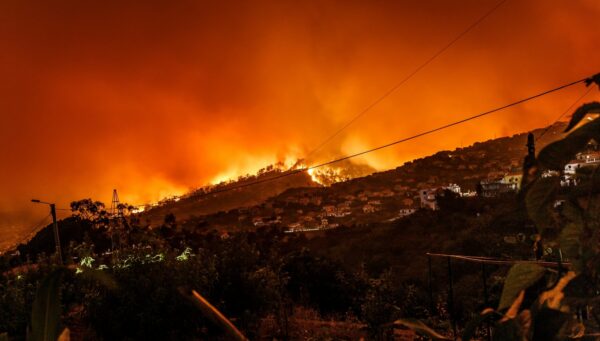Assessment of adaptation potentials in the context of climate change: the case of tropical cyclones in the Caribbean
Authors
Rosanne Martyr, Thessa Beck, Nicola Hanke, Praba Nageswaran, Ann-Kathrin Petersen
Share

This report looks into the application of CLIMADA (CLIMate ADAptation), a natural catastrophe model that calculates climate risk and potential of adaptation in the Caribbean. The study marks a starting point to determine economic losses and damages as well as adaptation measures for the region which is commonly exposed to natural disasters.
Summary
Across the globe impacts from climate-related events are increasing, particularly in ocean and coastal zones. According to the IPCC’s Special Report on the Ocean and Cryosphere in a Changing Climate, limits to adaptation will be reached at small island states and low-lying coastal zones by the end of this century – including under low-emission scenarios.
Despite ongoing emission reduction efforts and the increased adaptation actions, there is a need to better understand impacts and further develop climate risk management strategies.
Identifying adequate measures is a key element of a climate risk management. To implement the most effective mix of measures, the selection process must be aligned with the context, requirements and capacities of a location.
This study looks into the application of CLIMADA (CLIMate ADAptation), an open-source natural catastrophe model that is being used to calculate climate risk and the potential of adaptation measures, in the Caribbean, a region that is extensively exposed to disasters caused by natural events.
Key findings
- There is a substantial increase in the risk posed by tropical cyclones in 2100 at 3°C of warming when compared to warming of 1.5°C – the temperature goal identified by the Paris Agreement.
- Expected accumulated damages from tropical cyclones could increase by up to 5% in 2030 and 150% in 2100 relative to 2020, due to increased cyclone intensity as a result of climate change.
- This risk is reduced if global climate action limits warming to below 1.5°C above pre-industrial levels by 2100, but still represents a sizeable increase in projected damages.
- For some islands, a mix of adaptation measures, including grey infrastructure, nature-based solutions, improved infrastructure, and risk insurance, have the potential to avert economic damages from tropical cyclones.
- The preservation of mangroves and corals, classified as nature-based solutions, are found to provide cost-efficient coastal protection measures.
This study marks a starting point not only to determine economic losses and damages, but beyond that impacts of adaptation measures. Our work clearly indicates that trends of avoided or minimised economic losses and damages can be calculated, where data is available.
This approach could support decision-making processes by countries, allow for the analysis of adaptation potentials and support the selection processes of an effective mix of measures for climate risk management. Since an adaptation gap may still be incurred for countries, leading to losses and damages, we recommend that this approach be applied and further developed.
Published by Deutsche Gesellschaft für Internationale Zusammenarbeit (GIZ) GmbH on behalf of German Federal Ministry for Economic Cooperation and Development (BMZ)
Developed co-jointly by Climate Analytics and GIZ Global Programme on Risk Assessment and Management for Adaptation to Climate Change (Loss and Damage)












